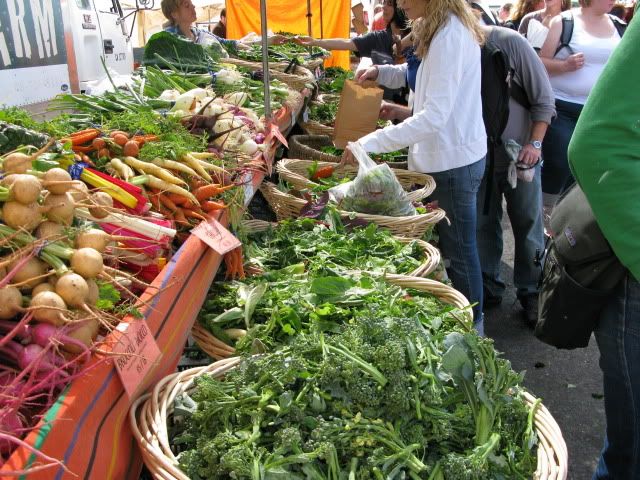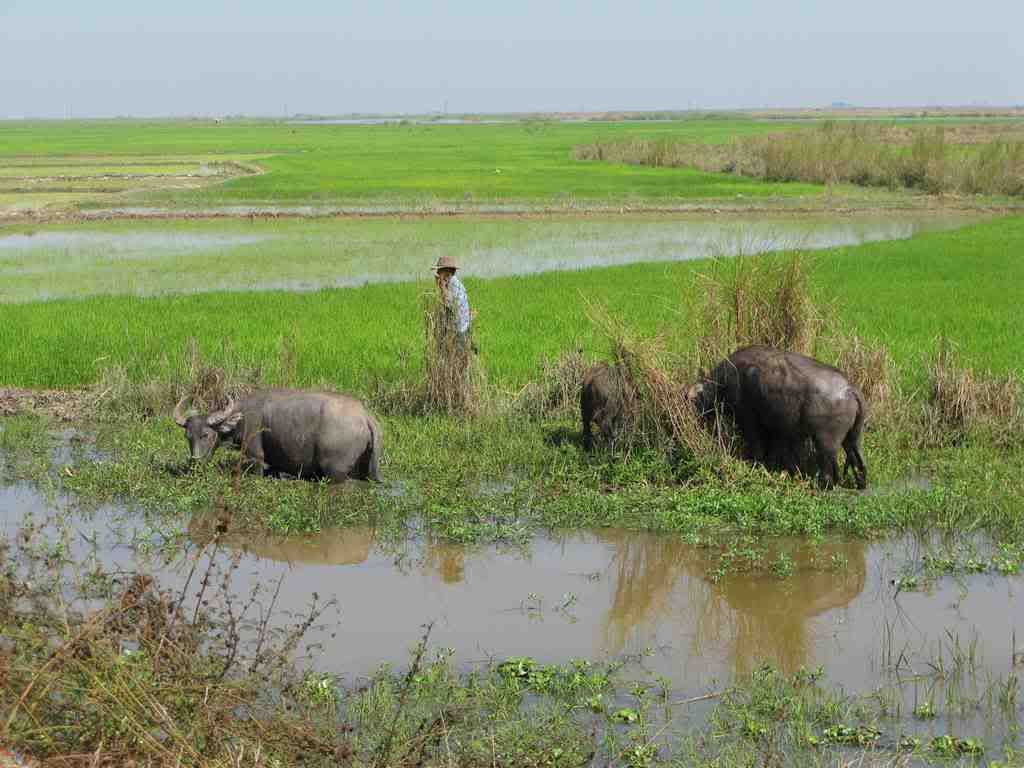 How Hepatitis A Virus Invades Our Produce
How Hepatitis A Virus Invades Our ProduceFor a microbe that is unable to reproduce outside of its human or primate hosts, Hepatitis A Virus ("HAV") sure gets around. While hepatitis outbreaks usually are blamed on hygiene lapses by infected food handlers, HAV is very effective at hitching a ride on fresh produce.
Over the last 20 years, the virus has been responsible for outbreaks that were traced directly to HAV-contaminated lettuce, strawberries and green onions. This year, semi-dried tomatoes have been implicated as the source behind a surge in hepatitis infections in Australia. All of these incidents have one thing in common; they all involve imported produce – most likely grown in a country where HAV is endemic (widely distributed) in the population.
Sadly, produce-linked outbreaks of foodborne disease have become commonplace in the last 20 years. It's a rare year that doesn't yield a crop of lettuce, spinach or some other product that is contaminated with Salmonella or E. coli O157:H7. These pathogens often infect cattle, poultry and animals in the wild. It's unfortunate, though not surprising, that they find their way into our salad greens.
But HAV only infects humans and other primates. It cannot reproduce on its own. How, then, does it insinuate itself into our produce?
Researchers at the University of Pittsburgh have provided one possible answer to this puzzle. They grew green onions both in potting soil and hydroponically. The soil and water used in their study was seeded with HAV. When the scientists tested the mature plants, they were able to demonstrate the presence of HAV inside the tissue of both the soil-grown and the hydroponically grown onions. The developing onions had taken up HAV through their roots from the soil and the water .
HAV is a very rugged virus. It can survive in water for up to a year. It resists freezing. It can survive for days or even weeks in dried feces. People who are infected with HAV shed it in their feces for at least several days. In regions where sanitary facilities are limited or non-existent, the virus finds its way into lakes and rivers. Farmers use this water to irrigate their crops – introducing HAV into the fields at the same time.
Sometimes, HAV takes an even more direct route. It's still common, in many underdeveloped countries, for farmers to use human feces (known as "night soil") as fertilizer.
What about tomatoes? Does the same mechanism apply?
Based on the findings of researchers at the Virginia Polytechnic Institute and State University, who worked with Salmonella, tomatoes are a different story. Tomato plants are able to take Salmonella from contaminated soil or water into their roots, but the microbe does not travel into the fruit. Can HAV, because of its small size – 35 times smaller in diameter than Salmonella – go where Salmonella cannot? We don't know.
The semi-dried tomatoes that apparently are behind Australia's hepatitis outbreak may simply have been contaminated through spray-irrigation with HAV-laden water, or by being washed – after harvesting – with contaminated water before being put out to dry. Regardless of the mode of contamination, the virus is in or on the tomatoes, and must be dealt with.
The Chief Health Officer of Victoria (the Australian state that is at the epicenter of the current hepatitis outbreak) has issued a temporary order requiring, effective immediately, that all semi-dried tomatoes be pasteurized to kill any HAV that might be present. This is no more than a Band-Aid, which will expire in 90 days.
There is no easy way to prevent hepatitis outbreaks due to HAV-contaminated produce. Developed countries could close their borders to produce from underdeveloped regions, but this would hurt farmers who depend on export markets for their livelihood. Educating farmers in safe irrigation and fertilization techniques combined with a massive upgrading of sanitary facilities in underdeveloped regions is the only long-term answer.
Until lakes and rivers in underdeveloped parts of the world can be flushed clear of HAV and other intestinal pathogens, we can expect more produce-related outbreaks of foodborne disease.







Developed countries could close their borders to produce from underdeveloped regions, but this would hurt farmers who depend on export markets for their livelihood
ReplyDelete@Anonymous: I get your point, but does this mean that residents in developed countries have an obligation to expose themselves unnecessarily to foodborne disease in order to support farmers in underdeveloped countries?
ReplyDeletePhyllis